Home>Storage Ideas>Kitchen Storage>How To Remove Coffee And Tea Stains From Mugs
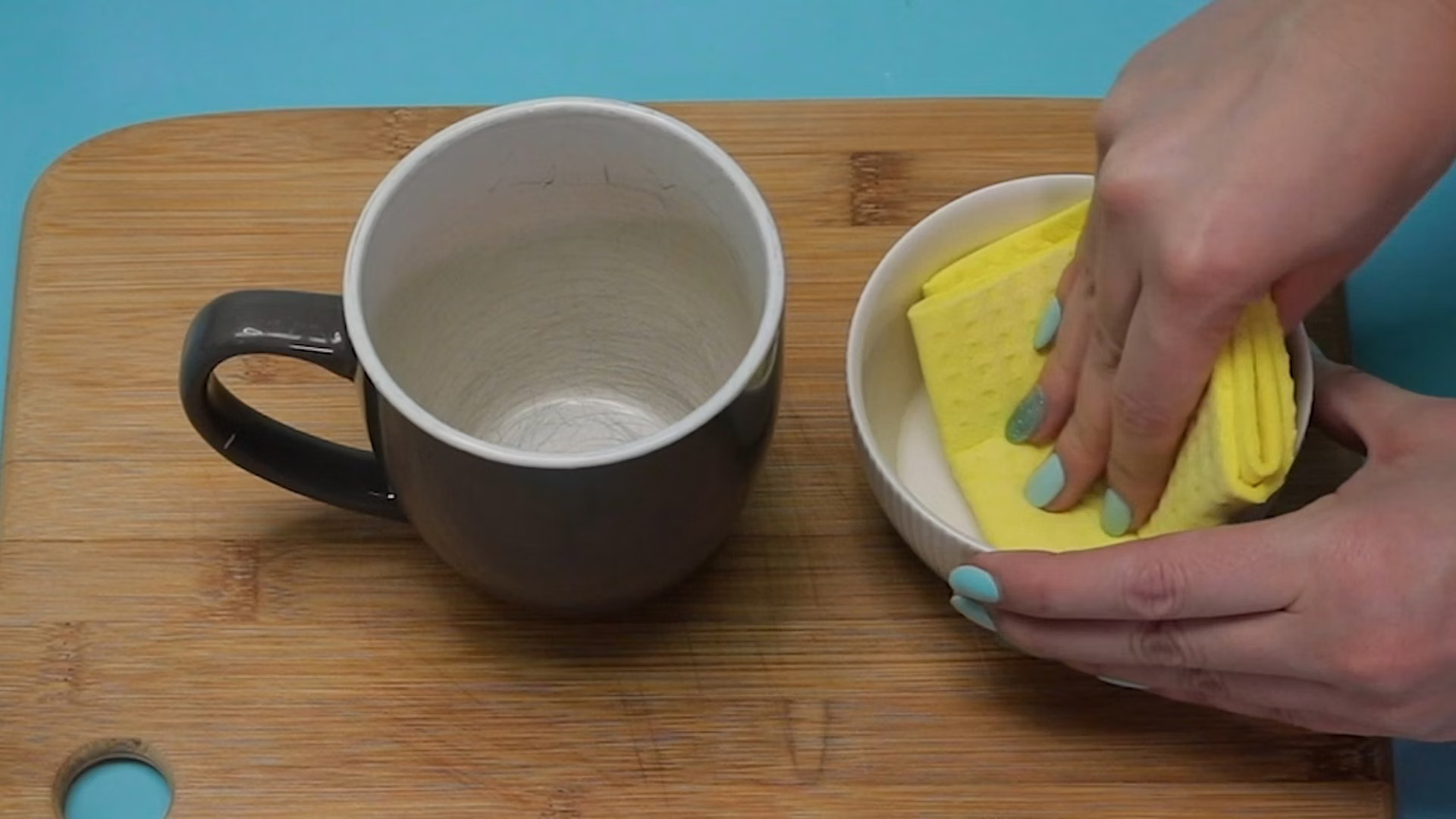

Kitchen Storage
How To Remove Coffee And Tea Stains From Mugs
Modified: February 11, 2024
Learn effective kitchen storage ideas to remove stubborn coffee and tea stains from your mugs, ensuring a clean and spotless kitchen.
(Many of the links in this article redirect to a specific reviewed product. Your purchase of these products through affiliate links helps to generate commission for Storables.com, at no extra cost. Learn more)
Introduction
Coffee and tea are beloved beverages that many people enjoy on a daily basis. While they provide a much-needed caffeine boost and a comforting flavor, they can also leave behind stubborn stains on your favorite mugs. These stains not only make your mugs look unsightly, but they can also affect the taste of your beverages. However, with the right knowledge and techniques, you can easily remove coffee and tea stains from your mugs and restore their pristine appearance.
In this article, we will explore various pre-cleaning tips and natural cleaning methods that you can use to tackle those pesky coffee and tea stains. Whether you prefer DIY solutions or commercial stain removers, we’ve got you covered with a range of effective options.
Key Takeaways:
- Say goodbye to stubborn coffee and tea stains on your mugs with natural remedies like baking soda and vinegar, lemon juice and salt, and even toothpaste. Restore your mugs to their pristine condition and enjoy your beverages stain-free!
- Don’t let coffee and tea stains ruin your mug’s beauty. From denture tablets to commercial stain removers, there’s a solution for every stubborn stain. Follow pre-cleaning tips and natural methods to keep your mugs sparkling clean.
Read more: How To Remove Tea Stains From Carpet
Why Coffee and Tea Stains are Difficult to Remove
Before diving into the cleaning methods, it’s essential to understand why coffee and tea stains can be challenging to remove. Both coffee and tea contain tannins, natural compounds that are responsible for the rich color and flavor of these beverages. However, tannins also have a strong affinity for bonding with porous materials, and when they come into contact with your mug’s surface, they can form stubborn stains.
Additionally, the heat from hot beverages can further bond the stains to the mug. This is why regular washing with dish soap may not always suffice in removing coffee and tea stains. Thankfully, there are alternative methods that effectively break down the tannins and lift the stains, restoring your mugs to their former glory.
Pre-cleaning Tips
Before delving into the specific cleaning methods, there are a few pre-cleaning tips that can help prepare your mugs for a more effective and efficient stain removal process:
- Rinse your mug immediately after use: Giving your mug a quick rinse under running water immediately after each use can prevent the stains from settling and becoming tougher to remove.
- Avoid letting coffee or tea sit in your mug for extended periods: If you don’t have time to wash your mug right away, try to at least pour out any remaining liquid to minimize the contact time between the tannins and the mug’s surface.
- Soak your mug in warm water: If the stains have already set in, soaking your mug in warm water for a few minutes before cleaning can help loosen the stains and make them easier to remove.
- Use a soft sponge or cloth: Opt for gentle scrubbing tools to avoid scratching or damaging the surface of your mug.
By following these pre-cleaning tips, you can optimize the effectiveness of the stain removal methods and achieve better results.
Key Takeaways:
- Say goodbye to stubborn coffee and tea stains on your mugs with natural remedies like baking soda and vinegar, lemon juice and salt, and even toothpaste. Restore your mugs to their pristine condition and enjoy your beverages stain-free!
- Don’t let coffee and tea stains ruin your mug’s beauty. From denture tablets to commercial stain removers, there’s a solution for every stubborn stain. Follow pre-cleaning tips and natural methods to keep your mugs sparkling clean.
Read more: How To Remove Tea Stains From Carpet
Why Coffee and Tea Stains are Difficult to Remove
Coffee and tea stains can be quite stubborn and challenging to remove from your favorite mugs. Understanding why these stains are difficult to eliminate can help you choose the right cleaning method and achieve better results.
Both coffee and tea contain natural compounds called tannins, which are responsible for the deep color and distinctive flavors of these beverages. Tannins have a strong affinity for bonding with porous materials, such as ceramic or porcelain, which are commonly used to make mugs.
When you pour coffee or tea into your mug, the tannins from the beverage come into contact with the mug’s surface. Over time, these tannins can penetrate the porous material and form stains that are deeply embedded in the mug.
Furthermore, the hot temperature of these beverages can exacerbate the staining process. Heat causes the tannins to react and bond even more firmly with the mug’s surface, making the stains even more stubborn and difficult to remove.
It’s important to note that the type of mug material can also affect how easily coffee and tea stains form. Porcelain and ceramic mugs tend to have more porous surfaces, providing more opportunities for the tannins to penetrate and create stains. On the other hand, materials like stainless steel or glass may be less prone to staining, but they are not completely immune.
The longer the stains remain on your mugs, the more challenging they become to remove. If left untreated for extended periods, the stains can settle into the tiny crevices of the mug’s surface, making them even more ingrained and stubborn.
Regular dish soap and water may not always be sufficient in removing these stubborn stains. While dish soap can help to some extent, it may not be able to break down the tannins completely, leaving behind residual stains.
However, there is good news! With the right cleaning methods and tools, you can successfully tackle coffee and tea stains and restore the shine and cleanliness of your mugs. In the following sections, we will explore various natural cleaning methods and tips to effectively remove coffee and tea stains from mugs.
Pre-cleaning Tips
Before diving into specific cleaning methods, it’s important to follow some pre-cleaning tips that can help prepare your mugs for more effective stain removal:
- Rinse your mug immediately after use: One of the easiest ways to prevent coffee and tea stains from setting in is to rinse your mug immediately after each use. Simply give it a quick rinse under running water to remove any residue or leftover beverage. This helps to minimize the contact time between the tannins and the mug’s surface, making the stains less likely to develop.
- Avoid letting coffee or tea sit in your mug for extended periods: If you don’t have time to wash your mug right away, avoid leaving coffee or tea in it for too long. Tannins can quickly bond with the mug’s material, especially when exposed to heat. If you’re unable to clean your mug immediately, at least pour out any remaining liquid to minimize the contact time.
- Soak your mug in warm water: If the stains have already set in, soaking your mug in warm water before cleaning can help loosen them. Fill a basin or sink with warm water and let your mug soak for about 15-20 minutes. The warm water will help break down the stains and make them easier to remove during the cleaning process.
- Use a soft sponge or cloth: When it’s time to clean your mug, it’s important to choose the right cleaning tool. Opt for a soft sponge or cloth to avoid scratching or damaging the surface of your mug. Abrasive materials like steel wool or harsh brushes can potentially cause scratches, making your mug more susceptible to staining in the future.
By following these pre-cleaning tips, you can ensure that your mugs are in the best condition for effective stain removal. It’s important to note that while these tips can help prevent and minimize stains, they may not completely eliminate deep-seated and stubborn stains. In such cases, you may need to turn to more intensive cleaning methods, which we will explore in the following sections.
Read more: How To Remove Coffee Stain From A Mattress
Natural Cleaning Methods
When it comes to removing coffee and tea stains from your mugs, natural cleaning methods can be highly effective. Not only are they safe and eco-friendly, but they often utilize common household ingredients that you may already have on hand. These natural remedies can help break down the stains and restore the original shine of your mugs. Let’s explore some popular natural cleaning methods below:
Method 1: Baking Soda and Vinegar
This classic combination is known for its cleaning prowess. Create a paste by mixing equal parts baking soda and white vinegar. Apply the paste to the stained areas of your mug, and let it sit for a few minutes. Then, scrub gently with a soft sponge or cloth. Rinse thoroughly with warm water to remove any residue. Baking soda acts as a mild abrasive, while vinegar helps dissolve the stains.
Method 2: Lemon Juice and Salt
Lemon juice is a natural bleaching agent and can effectively remove coffee and tea stains. Squeeze fresh lemon juice onto the stained areas of your mug and sprinkle a pinch of salt over the juice. Let it sit for a few minutes, then gently scrub the stains with a soft sponge. Finally, rinse your mug with warm water. The citric acid in lemon juice and the abrasive properties of salt work together to lift the stains.
Method 3: Toothpaste
Toothpaste is not just for oral hygiene—it can also work wonders on coffee and tea stains. Apply a small amount of non-gel toothpaste to the stained areas of your mug. Use a soft toothbrush or a sponge to gently scrub the stains in circular motions. Rinse thoroughly with warm water. Toothpaste contains mild abrasives that help remove stains without damaging the mug’s surface.
Method 4: Denture Tablets
If you have denture tablets at home, they can be an effective remedy for stubborn coffee and tea stains. Fill your mug with warm water and drop in a denture tablet. Let it fizz and dissolve for the recommended time according to the tablet’s instructions. After the tablet has dissolved, give your mug a gentle scrub with a sponge or cloth. This method helps to lift and remove the stains effortlessly.
Method 5: White Vinegar Soak
A vinegar soak can be particularly useful for heavily stained mugs. Fill a basin or sink with equal parts white vinegar and warm water. Submerge your stained mugs in the solution and let them soak for about 30 minutes to an hour. After soaking, scrub the stains gently with a sponge or brush, and rinse the mugs thoroughly with warm water. Vinegar’s acidic properties help dissolve the stains, leaving your mugs clean and fresh.
Method 6: Hydrogen Peroxide
Hydrogen peroxide is a versatile cleaning agent that can effectively remove stubborn stains. Dilute hydrogen peroxide with equal parts water and apply it to the stained areas of your mug. Let it sit for a few minutes, then scrub gently with a sponge or brush. Rinse your mug thoroughly with warm water to remove any residual hydrogen peroxide. This method helps to break down the stains and lighten their appearance.
Method 7: Dish Soap and Warm Water
If you prefer a simple and readily available solution, dish soap and warm water can often do the trick. Fill your sink or basin with warm water and add a few drops of dish soap. Place your stained mugs in the soapy water and let them soak for a few minutes. Then, use a soft sponge or cloth to scrub away the stains. Rinse thoroughly with warm water. Dish soap helps to remove oils and residues, including coffee and tea stains.
Read more: How To Store Coffee Mugs
Method 8: Commercial Coffee and Tea Stain Removers
If natural remedies don’t yield the desired results, there are commercial cleaning products specifically designed to remove coffee and tea stains. These products can be found in supermarkets or online retailers. Follow the instructions on the packaging to effectively use these stain removers and restore the shine of your mugs.
Experiment with these natural cleaning methods and find the one that works best for your specific situation. Remember to always test these methods on a small, inconspicuous area of your mug before applying them to the entire surface.
By utilizing the power of nature and household ingredients, you can effectively remove coffee and tea stains from your mugs and enjoy your favorite beverages in clean and pristine condition.
Method 1: Baking Soda and Vinegar
One of the most popular and effective natural cleaning methods for removing coffee and tea stains from mugs is the combination of baking soda and vinegar. This dynamic duo works together to break down stains and restore the original shine of your mugs. Here’s how to use baking soda and vinegar to tackle those stubborn stains:
- Create a paste: Start by mixing equal parts baking soda and white vinegar in a small bowl or container. Stir well until a paste-like consistency is formed. You can adjust the quantities depending on the size and number of stained areas on your mug.
- Apply the paste: Using a spoon or your fingers, apply the baking soda and vinegar paste onto the stained areas of your mug. Make sure to cover the entire surface of the stains. The paste should be thick enough to adhere to the mug’s surface without dripping off.
- Let it sit: Allow the paste to sit and work its magic for about 10 to 15 minutes. During this time, the chemical reaction between the baking soda and vinegar will help break down the coffee and tea stains.
- Scrub gently: After the paste has had time to work, use a soft sponge or cloth to gently scrub the stained areas. Apply light pressure and scrub in circular motions to lift the stains effectively. Avoid using abrasive materials that may scratch the surface of your mug.
- Rinse thoroughly: Once you have scrubbed away the stains, rinse your mug thoroughly with warm water. Ensure that all traces of the baking soda and vinegar paste are washed away.
- Inspect and repeat if necessary: After rinsing, inspect your mug to see if any stains remain. If there are still noticeable stains, you can repeat the process by applying the baking soda and vinegar paste again and allowing it to sit for a longer period before scrubbing. Repeat the steps until the stains are completely gone.
- Dry your mug: Once all the stains have been removed, dry your mug with a clean towel or let it air dry naturally.
The combination of baking soda and vinegar is effective because baking soda acts as a mild abrasive, while vinegar helps to dissolve and break down the stains. The chemical reaction between these two ingredients creates a fizzy action that aids in removing the stubborn coffee and tea residues from your mug’s surface.
It’s important to note that while this method is generally safe for most mug materials, such as ceramic, porcelain, or glass, it’s always a good idea to test it on a small, inconspicuous area first to ensure it doesn’t cause any damage or discoloration.
So, the next time your mugs are plagued with coffee or tea stains, reach for the baking soda and vinegar to restore their shine and enjoy your favorite beverages in clean and stain-free mugs!
Method 2: Lemon Juice and Salt
If you’re looking for a natural and refreshing way to remove coffee and tea stains from your mugs, the combination of lemon juice and salt is a powerful and effective solution. Lemon juice acts as a natural bleaching agent, while salt helps to scrub away the stains. Follow these simple steps to use lemon juice and salt to tackle those stubborn stains:
- Squeeze fresh lemon juice: Start by squeezing fresh lemon juice into a small bowl or container. You can use a lemon squeezer or simply squeeze the lemon by hand. Make sure to extract enough juice to cover the stained areas of your mug.
- Sprinkle salt: Take a pinch of salt and sprinkle it directly onto the lemon juice. The salt acts as an abrasive agent that aids in scrubbing away the stains.
- Stir the mixture: Use a spoon or your fingers to stir the lemon juice and salt mixture. Mix them well so that the salt gets evenly distributed in the lemon juice. The combination of lemon juice and salt will create a powerful cleaning paste.
- Apply the paste: Take a soft sponge or cloth and dip it into the lemon juice and salt mixture. Apply the paste onto the stained areas of your mug, making sure to cover the entire surface of the stains. Gently rub the paste over the stains, using circular motions to effectively loosen and remove them.
- Allow it to sit: After applying the paste, let it sit on the stains for about 5 to 10 minutes. This allows the lemon juice and salt to penetrate the stains and work their magic.
- Scrub gently: Using the same sponge or cloth, start scrubbing the stained areas gently. Apply light pressure and continue scrubbing in circular motions, focusing on the stubborn spots. The combination of the lemon juice and salt will help to lift and break down the coffee and tea stains.
- Rinse thoroughly: Once you have scrubbed away the stains, rinse your mug thoroughly with warm water. Ensure that all traces of the lemon juice and salt paste are removed from the surface of your mug.
- Dry your mug: After rinsing, dry your mug with a clean towel or let it air dry naturally. You will be left with a clean and fresh mug, free from coffee and tea stains.
It’s important to note that lemon juice may have a slight bleaching effect, so it’s advisable to test this method on a small, inconspicuous area of your mug before tackling the entire surface.
Not only does this method effectively remove coffee and tea stains, but it also leaves a pleasant citrus aroma in your mug. So, the next time you want to restore the shine of your mugs, reach for some lemon juice and salt, and enjoy your beverages in clean and stain-free cups!
Method 3: Toothpaste
Believe it or not, toothpaste is not just for oral hygiene—it can also be a handy and effective tool for removing coffee and tea stains from your mugs. Toothpaste contains mild abrasives that can help scrub away stubborn stains without damaging the surface of your mug. Follow these simple steps to use toothpaste for stain removal:
- Select a non-gel toothpaste: Choose a non-gel toothpaste with mild abrasive properties. Avoid toothpaste with gel formulations or added whitening agents, as these may not be as effective in removing stains.
- Apply toothpaste to the stains: Take a small amount of toothpaste and apply it directly to the stained areas of your mug. Use your finger or a soft toothbrush to spread a thin layer of toothpaste over the stains. Make sure to cover the entire surface of the stains.
- Gently scrub the stains: Using a soft toothbrush or a sponge, gently scrub the stained areas in circular motions. Apply light pressure and continue scrubbing until you start to see the stains fade away. Avoid using excessive force or aggressive scrubbing, as this may scratch the surface of your mug.
- Rinse thoroughly: After scrubbing, rinse your mug thoroughly with warm water. Make sure to remove all traces of the toothpaste from the surface. Inspect the mug to see if any stains remain. If there are still visible stains, you can repeat the process and scrub again until the stains are completely gone.
- Dry your mug: Once all the stains have been removed, dry your mug with a clean towel or let it air-dry naturally. Your mug will be left looking fresh and clean, ready for your next cup of coffee or tea.
It’s important to note that toothpaste is generally safe for most mug materials, such as ceramic, porcelain, or glass. However, it’s always a good idea to test this method on a small, inconspicuous area of your mug before applying it to the entire surface, especially if your mug has any special coatings or finishes.
Toothpaste not only helps remove the stains but also leaves a minty freshness in your mug. So, the next time you notice coffee or tea stains, reach for your toothpaste and enjoy your beverages in stain-free and fresh-smelling mugs!
Read more: How To Remove Rust From Tea Kettle
Method 4: Denture Tablets
When it comes to removing stubborn coffee and tea stains from your mugs, denture tablets can be a surprising and effective solution. Denture tablets are designed to clean and remove stains from dentures, and they can work wonders on your stained mugs as well. Here’s how to use denture tablets to restore the cleanliness of your mugs:
- Fill a basin or sink: Start by filling a basin or sink with warm water. The amount of water will depend on the number of mugs you are cleaning. Make sure the water is warm, but not too hot.
- Add denture tablets: Drop one or two denture tablets into the warm water. The exact number of tablets will depend on the size of your mugs and the severity of the stains. Read the instructions on the denture tablet packaging for the recommended dosage.
- Submerge the mugs: Immerse your stained mugs into the water and denture tablet mixture. Ensure that the mugs are completely submerged and that the solution covers the stained areas. If necessary, use a spoon or your hand to gently press the mugs down into the water.
- Let it fizz and dissolve: As the denture tablets come into contact with the warm water, they will start to fizz and dissolve. Allow the tablets to work their magic for the recommended amount of time specified on the packaging. This usually ranges from 3 to 5 minutes.
- Scrub gently: After the tablets have dissolved, use a soft sponge or cloth to gently scrub the stained areas of your mugs. Apply light pressure and scrub in circular motions to effectively lift and remove the stains. The denture tablet solution will help to break down the coffee and tea residues.
- Rinse thoroughly: Once you have scrubbed away the stains, rinse your mugs thoroughly with warm water. Make sure to remove any residue from the denture tablets and the loosened stains. Inspect the mugs to ensure that all traces of the solution are gone.
- Dry your mugs: After rinsing, dry your mugs with a clean towel or let them air-dry naturally. They will be left looking clean, fresh, and free from stubborn coffee and tea stains.
Denture tablets contain effervescent ingredients that help to dissolve stains and restore cleanliness. They are particularly effective for removing tough stains that can accumulate over time. Just remember, denture tablets are intended for cleaning dentures, so it’s always a good idea to wash your mugs thoroughly with dish soap and warm water after using this method to ensure they are safe for everyday use.
By using denture tablets, you can give your mugs a deep and thorough cleaning, eliminating the stubborn coffee and tea stains and enjoying your favorite beverages in stain-free cups.
Method 5: White Vinegar Soak
If you’re dealing with heavy coffee and tea stains on your mugs, a white vinegar soak can be a highly effective way to remove them. White vinegar is a natural cleaning agent that helps break down stains and eliminate odors. Follow these steps to use a white vinegar soak to restore the cleanliness of your mugs:
- Prepare the white vinegar solution: Fill a basin or sink with equal parts white vinegar and warm water. The amount of solution will depend on the number of mugs you are cleaning. Use enough liquid to fully submerge your mugs.
- Submerge the mugs: Place your stained mugs into the white vinegar solution, ensuring that they are completely submerged. If necessary, you can use a spoon or your hand to press the mugs down gently to ensure they are fully covered by the solution.
- Let it soak: Allow the mugs to soak in the white vinegar solution for 30 minutes to an hour. This gives the vinegar enough time to break down the coffee and tea stains.
- Scrub gently: After the soaking time, use a soft sponge or brush to gently scrub the stained areas of your mugs. Apply light pressure and use circular motions to effectively lift and remove the stains. The combination of the white vinegar and warm water will help to loosen the stains, making them easier to scrub away.
- Rinse thoroughly: After scrubbing, rinse your mugs thoroughly with warm water to remove any vinegar residue and loosened stains. Make sure to rinse all the surfaces, both inside and outside the mugs, to ensure they are clean.
- Dry your mugs: After rinsing, dry your mugs with a clean towel or let them air-dry naturally. Check to make sure that all stains have been completely removed before storing or using your mugs.
The acidity of white vinegar helps to dissolve and break down the stubborn coffee and tea stains. It also helps eliminate any residual odors, leaving your mugs fresh and clean.
Keep in mind that the smell of vinegar may linger initially, but it will dissipate once the mugs are rinsed and dried. If the vinegar smell persists, you can rinse your mugs with a little mild dish soap and warm water.
By using a white vinegar soak, you can effectively remove stubborn coffee and tea stains from your mugs and restore them to their original clean and shiny state.
Method 6: Hydrogen Peroxide
Hydrogen peroxide is a versatile and effective cleaning agent that can help remove stubborn coffee and tea stains from your mugs. It acts as a mild bleach and stain remover, breaking down the pigments responsible for the stains. Follow these steps to use hydrogen peroxide to restore the cleanliness of your mugs:
- Create a hydrogen peroxide solution: Start by diluting hydrogen peroxide with an equal amount of water. This creates a milder solution that is safe for most mug materials. The amount of solution you create will depend on the number of mugs you are cleaning.
- Apply the solution: Using a clean cloth or sponge, apply the hydrogen peroxide solution directly to the stained areas of your mug. Make sure to cover the entire surface of the stains. Allow the solution to sit on the stains for a few minutes to penetrate and break down the pigments.
- Scrub gently: After allowing the hydrogen peroxide solution to soak for a few minutes, use a soft sponge or brush to gently scrub the stained areas. Apply light pressure and use circular motions to effectively lift and remove the stains. The hydrogen peroxide will help to break down the coffee and tea residues and lift them from the surface of your mugs.
- Rinse thoroughly: Once you have scrubbed away the stains, rinse your mugs thoroughly with warm water to remove any hydrogen peroxide residue and loosened stains. Make sure to rinse all the surfaces, both inside and outside the mugs, to ensure they are clean.
- Dry your mugs: After rinsing, dry your mugs with a clean towel or let them air-dry naturally. Inspect the mugs to make sure that all stains have been completely removed.
It’s important to note that hydrogen peroxide can have a bleaching effect on certain materials, particularly colored or decorated mugs. Therefore, it’s recommended to test this method on a small, inconspicuous area of your mug before applying it to the entire surface. Additionally, it’s best to use a lower concentration of hydrogen peroxide (around 3%) for cleaning purposes.
Hydrogen peroxide is an effective option for removing tough coffee and tea stains from your mugs. It helps to restore their cleanliness and freshness, allowing you to enjoy your favorite beverages in stain-free cups.
Method 7: Bleach Solution
If you’re dealing with stubborn coffee and tea stains on your mugs, a bleach solution can be an effective option to restore their cleanliness. Bleach is a powerful disinfectant and stain remover that can help eliminate tough stains. It’s important to use bleach cautiously and follow safety guidelines. Follow these steps to use a bleach solution to remove stains from your mugs:
- Mix the bleach solution: Start by preparing a bleach solution by diluting 1 part bleach with 10 parts water. This creates a mild bleach solution that is safe for most mug materials. The amount of solution you create will depend on the number of mugs you are cleaning.
- Submerge the mugs: Place your stained mugs into the bleach solution, ensuring they are fully submerged. Use a spoon or your hand to gently press the mugs down into the solution, making sure the stained areas are in direct contact with the bleach solution.
- Let it soak: Allow the mugs to soak in the bleach solution for about 10-15 minutes. This gives the bleach enough time to break down the coffee and tea stains.
- Scrub gently (if necessary): After the soaking time, use a soft sponge or brush to gently scrub the stained areas, if necessary. Apply light pressure and use circular motions to lift and remove the stains. The bleach solution should have already loosened and lightened the stains.
- Rinse thoroughly: After scrubbing or if you skipped the scrubbing step, rinse your mugs thoroughly with warm water to remove any bleach residue and loosen stains. Rinse all the surfaces, both inside and outside the mugs, ensuring they are clean.
- Dry your mugs: After rinsing, dry your mugs with a clean towel or let them air-dry naturally. Inspect the mugs to ensure that all stains have been removed.
It’s important to remember that bleach is a strong chemical and should be used with caution. Follow safety guidelines, such as wearing gloves and working in a well-ventilated area. Additionally, bleach is not suitable for all mug materials. Avoid using bleach on colored or decorated mugs, as it may cause fading or damage. It’s best to test this method on a small, inconspicuous area of your mug before applying it to the entire surface.
A bleach solution can effectively remove stubborn coffee and tea stains, leaving your mugs fresh and clean. However, it should be used sparingly and as a last resort due to its strong nature. Always follow safety precautions and consider alternative methods if possible.
To remove coffee and tea stains from mugs, create a paste with baking soda and water, then scrub the stains with it using a sponge or brush. Rinse thoroughly with water.
Read more: How To Remove Stain From Fence
Method 8: Dish Soap and Warm Water
When it comes to removing mild coffee and tea stains from your mugs, sometimes the simplest solution is the most effective. Using dish soap and warm water is a straightforward and readily available method to clean your mugs. Follow these steps to remove stains using dish soap:
- Gather your supplies: Before beginning, gather a soft sponge or cloth and your favorite dish soap.
- Fill the sink or basin with warm water: Fill a sink or basin with warm water. Make sure the water is comfortably warm, as hot water may cause thermal shock and crack your mugs.
- Add dish soap: Add a few drops of your chosen dish soap into the warm water. Swirl the water to create a soapy solution. The dish soap will help to break down oils and residues from the coffee and tea stains.
- Submerge your mugs: Submerge your stained mugs in the soapy water. Ensure the mugs are fully immersed and that the stained areas are in contact with the soapy solution.
- Let them soak: Allow your mugs to soak in the soapy water for about 10-15 minutes. This soaking time will help to loosen the stains and make them easier to remove.
- Scrub gently: After the soaking time, take a soft sponge or cloth and gently scrub the stained areas of your mugs. Apply light pressure and use circular motions to lift and remove the stains. The combination of warm water and dish soap will help to break down any remaining coffee and tea residues.
- Rinse thoroughly: Once you have scrubbed away the stains, rinse your mugs thoroughly with warm water. Make sure to remove any soap residue and loosened stains. Inspect the mugs to ensure that all traces of staining have been removed.
- Dry your mugs: After rinsing, dry your mugs with a clean towel or let them air-dry naturally. Your mugs will be left looking clean and ready to use.
This method is particularly effective for mild coffee and tea stains. Regular dish soap is formulated to remove grease and oils, which are common factors in coffee and tea residues. However, for tougher or older stains, you may need to use additional methods or cleaning agents to achieve optimal results.
Dish soap and warm water offer a simple and effective solution to keep your mugs clean and stain-free. Incorporate this method into your regular cleaning routine to maintain the pristine appearance of your favorite mugs.
Method 9: Commercial Coffee and Tea Stain Removers
If you’ve tried various natural remedies and home solutions without success, or if you’re dealing with tough and stubborn coffee and tea stains on your mugs, it may be time to turn to commercial coffee and tea stain removers. These specialized cleaning products are specifically formulated to tackle even the most stubborn stains. Follow these steps to effectively use commercial stain removers:
- Select a suitable commercial stain remover: Explore the options available on the market and choose a commercial coffee and tea stain remover that suits your preferences and needs. Read product labels and reviews to ensure that the stain remover is safe for your mug’s material and proven effective in stain removal.
- Follow the instructions: Before using the stain remover, carefully read and follow the manufacturer’s instructions provided on the packaging. Each product may have specific guidelines on application, contact time, and rinsing.
- Apply the stain remover: Apply the commercial stain remover to the stained areas of your mug as directed. This may involve spraying, squeezing, or using a brush or sponge to apply the product. Ensure that the stains are completely covered with the stain remover solution.
- Allow the product to work: Give the stain remover the recommended amount of time to work on the stains. Some products may require a few minutes of contact time, while others may need to sit longer. Follow the instructions provided by the manufacturer for optimal stain removal.
- Scrub (if necessary): If instructed, use a soft brush or sponge to gently scrub the stained areas while the stain remover is still on. Apply light pressure and use circular motions to effectively lift and remove the stains. Be cautious and follow any specific guidelines provided by the manufacturer to avoid damaging your mugs.
- Rinse thoroughly: After allowing the stain remover to work, thoroughly rinse your mugs with warm water. Ensure that all traces of the stain remover are removed, following any rinsing instructions provided on the product’s packaging.
- Dry your mugs: After rinsing, dry your mugs with a clean towel or let them air-dry naturally. Inspect the mugs to ensure that all stains have been completely removed and that no residue remains from the stain remover.
Commercial coffee and tea stain removers are designed to target and remove even the most stubborn stains, providing a convenient and effective solution for stain removal. Always follow the manufacturer’s instructions and precautions when using these products to achieve the best results.
By utilizing a commercial coffee and tea stain remover, you can effectively tackle tough stains and restore the cleanliness and appearance of your mugs, allowing you to enjoy your favorite beverages without any lingering stains.
Additional Tips and Tricks
In addition to the various cleaning methods mentioned above, here are some additional tips and tricks to help you successfully remove coffee and tea stains from your mugs:
- Use a brush with soft bristles: When scrubbing your mugs, opt for a brush with soft bristles or a gentle sponge. This will help prevent scratching and damage to the surface of your mugs.
- Consider overnight soaking: For particularly stubborn or old stains, you can let your mugs soak overnight in a natural cleaning solution or a mixture of dish soap and warm water. The extended soaking time can help loosen the stains for easier removal.
- Try a magic eraser: Magic erasers or melamine foam sponges can be effective in removing tough stains. Wet the magic eraser and gently scrub the stained areas of your mug. However, be cautious as these products can be abrasive, so use them sparingly and test them on an inconspicuous area first.
- Avoid using abrasive cleaners: While it may be tempting to use harsh abrasive cleaners or steel wool to scrub away stains, these can actually damage the surface of your mugs. Stick to gentle cleaning methods and tools to preserve the quality and appearance of your mugs.
- Wear gloves: If you’re using strong cleaning solutions or commercial stain removers, it’s a good idea to wear gloves to protect your hands from any potential irritation or chemical exposure.
- Regular maintenance: To prevent future stains, make it a habit to rinse your mugs immediately after use, especially if you won’t be able to clean them right away. This will prevent the stains from setting in and make them easier to remove later.
- Consider preventive measures: To prevent coffee or tea from staining your mugs in the first place, you can try using mug liners, silicone sleeves, or even opt for stainless steel or glass mugs that are less porous and more resistant to staining.
- Be cautious with delicate finishes: If your mug has delicate finishes like gold or silver accents, be careful with the cleaning methods you choose. Harsh chemicals or abrasive scrubbing may damage or fade these delicate details.
- Periodic deep cleaning: Even if your mugs don’t have visible stains, it’s a good idea to periodically give them a deep cleaning to remove any build-up. Soak them in a natural cleaning solution or use a mild dish soap and warm water to keep them consistently clean.
By following these additional tips and tricks, you can not only effectively remove coffee and tea stains from your mugs but also maintain their cleanliness and prevent future staining. Remember, each mug may react differently to cleaning methods, so always test any new solutions on a small, inconspicuous area before applying them to the entire mug.
With these techniques, you’ll be able to enjoy your favorite hot beverages in sparkling clean mugs, free from stubborn coffee and tea stains!
Conclusion
Removing coffee and tea stains from your beloved mugs doesn’t have to be a daunting task. With the right knowledge and techniques, you can easily restore the cleanliness and beauty of your mugs. Whether you opt for natural cleaning methods or commercial stain removers, there are plenty of options available to help you tackle those stubborn stains.
Throughout this article, we’ve explored various methods, from using baking soda and vinegar to lemon juice and salt, toothpaste, denture tablets, white vinegar soaks, hydrogen peroxide, dish soap and warm water, and even commercial coffee and tea stain removers. Each method offers its own unique benefits and can be combined with the pre-cleaning tips provided to achieve optimal results.
Remember to always be cautious when trying new cleaning methods and products. Test them on a small area of your mug first, especially if your mugs have delicate finishes or special coatings.
Regular maintenance and preventive measures can also go a long way in keeping your mugs stain-free. Rinse your mugs immediately after use, consider using protective liners or sleeves, and periodically give them a deep cleaning to prevent stains from setting in.
By following the tips and techniques outlined in this article, you will be able to remove coffee and tea stains from your mugs and enjoy your favorite beverages in clean and pristine cups. So don’t let those stubborn stains hold you back anymore—bring back the shine and beauty to your mugs and savor every sip without any lingering stains.
Frequently Asked Questions about How To Remove Coffee And Tea Stains From Mugs
Was this page helpful?
At Storables.com, we guarantee accurate and reliable information. Our content, validated by Expert Board Contributors, is crafted following stringent Editorial Policies. We're committed to providing you with well-researched, expert-backed insights for all your informational needs.
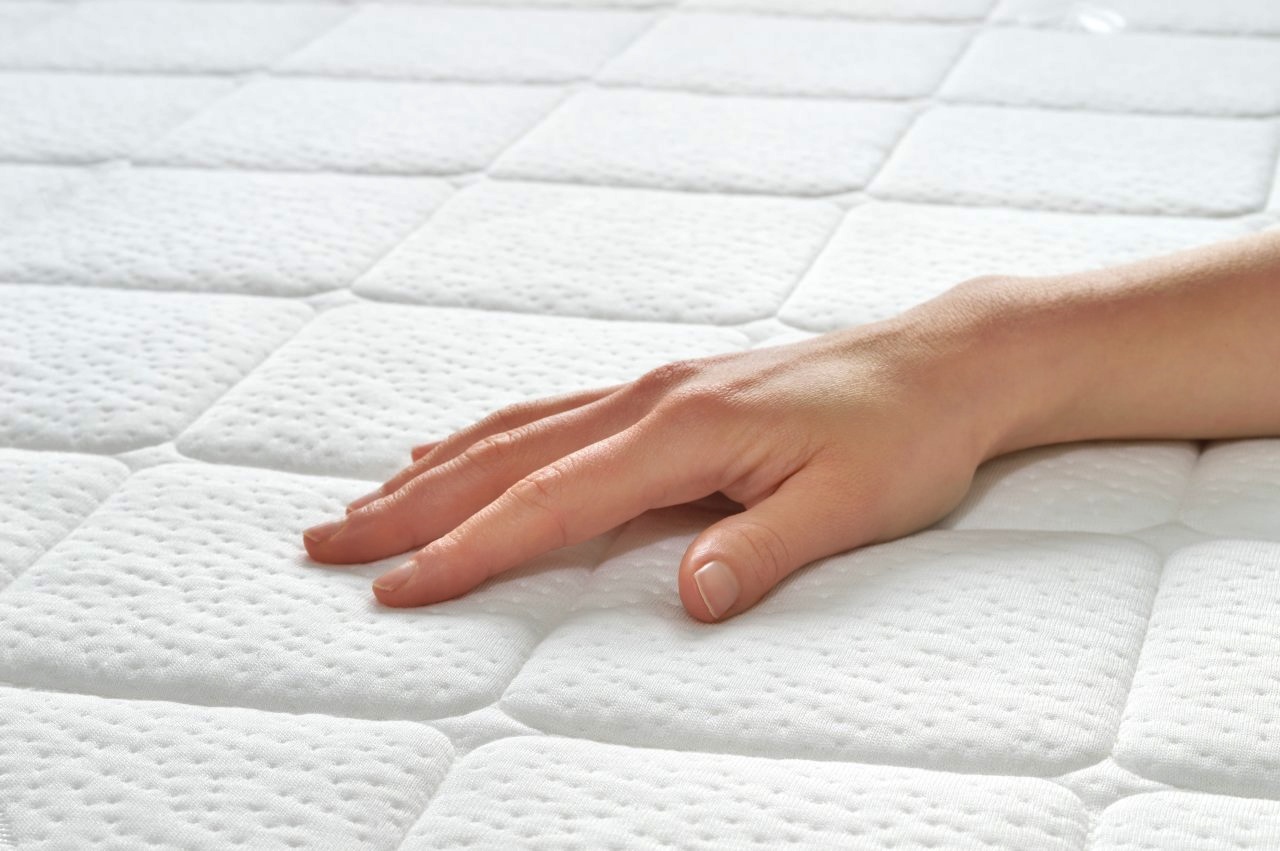

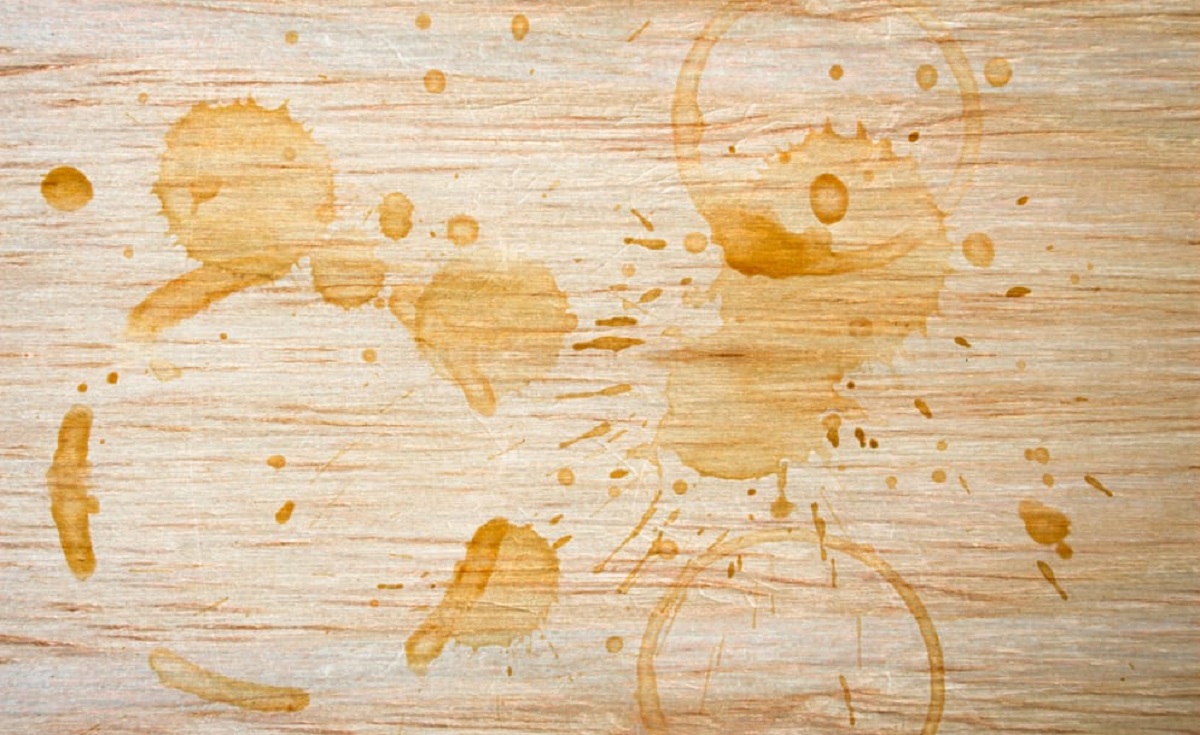


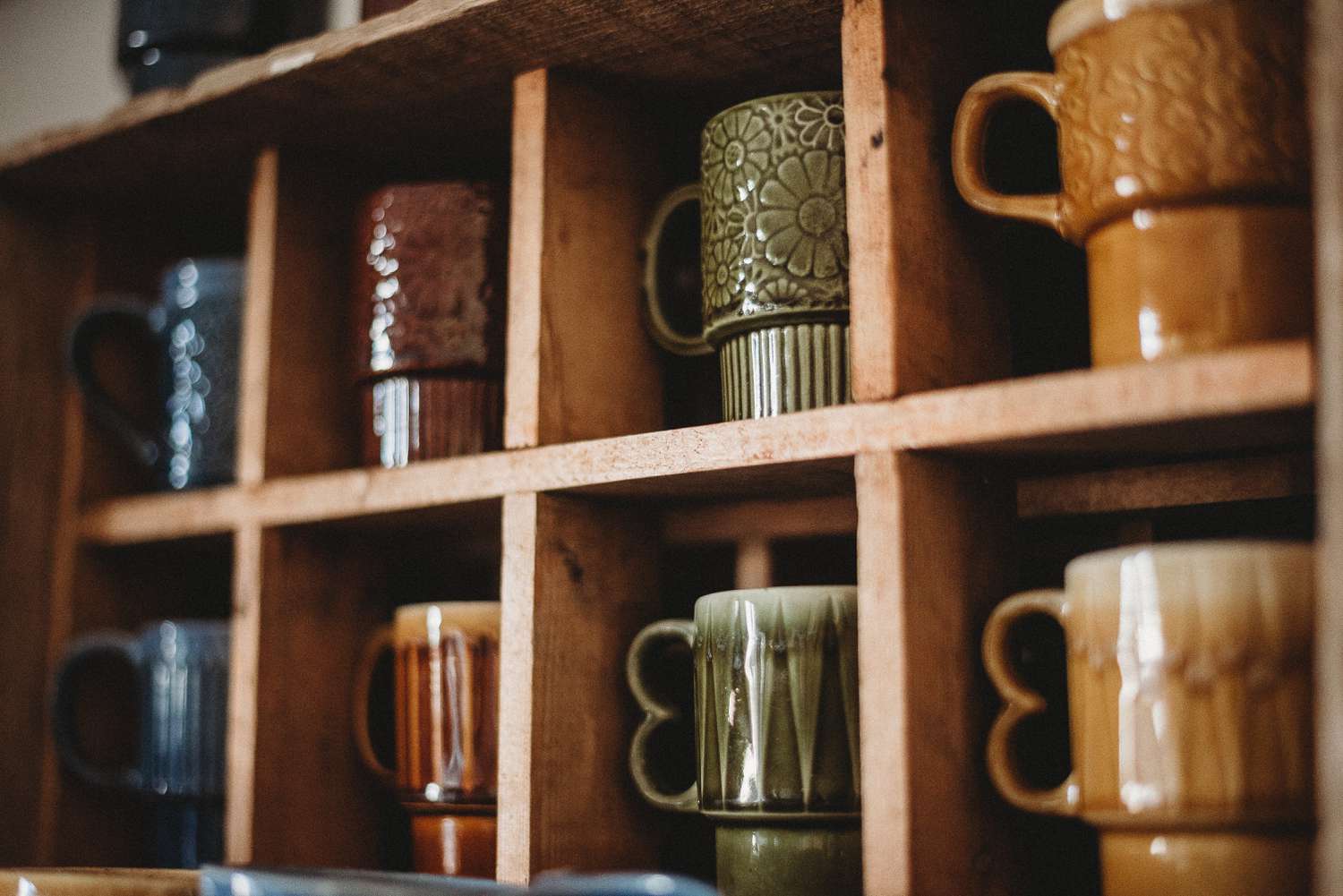
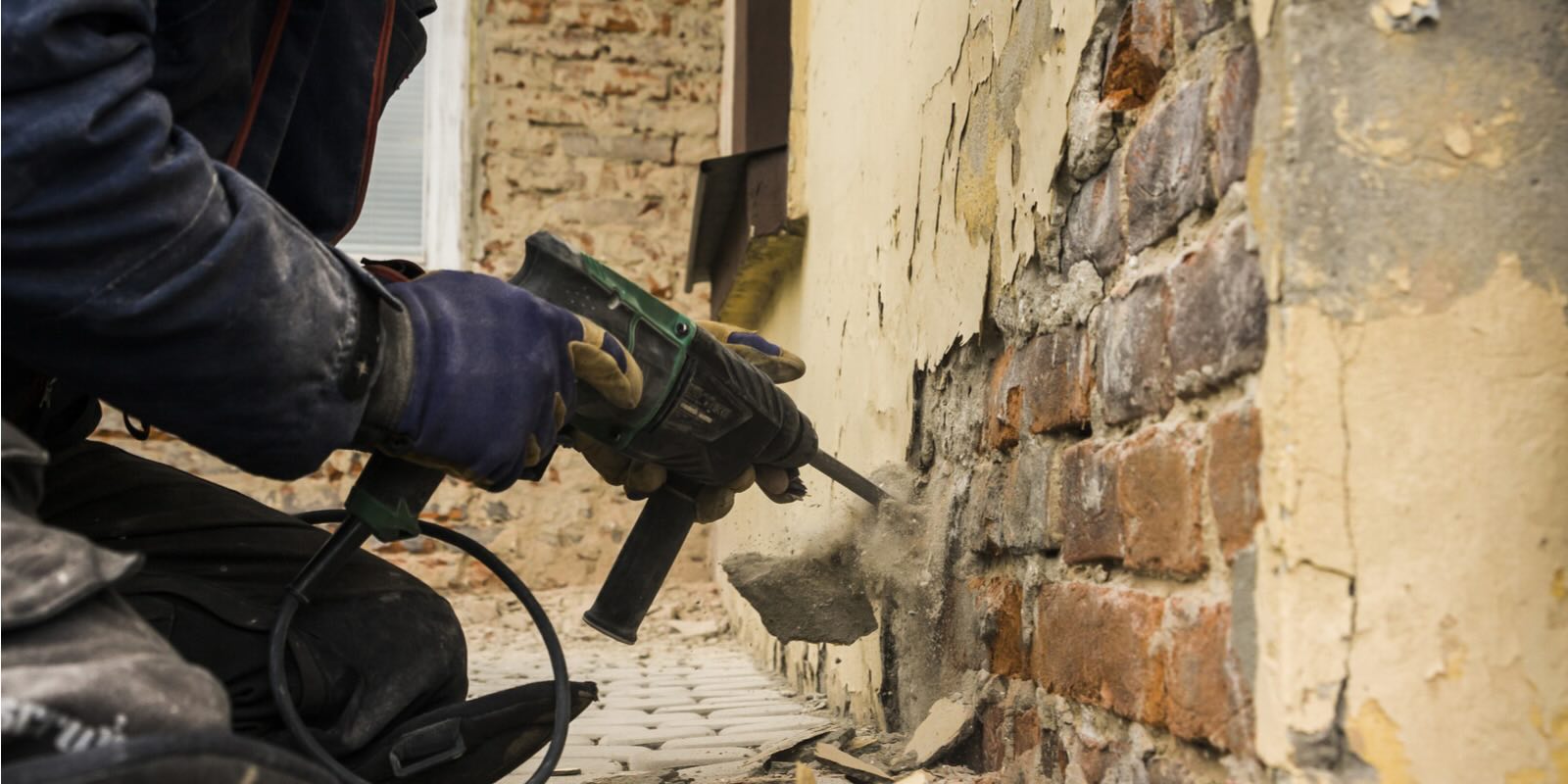
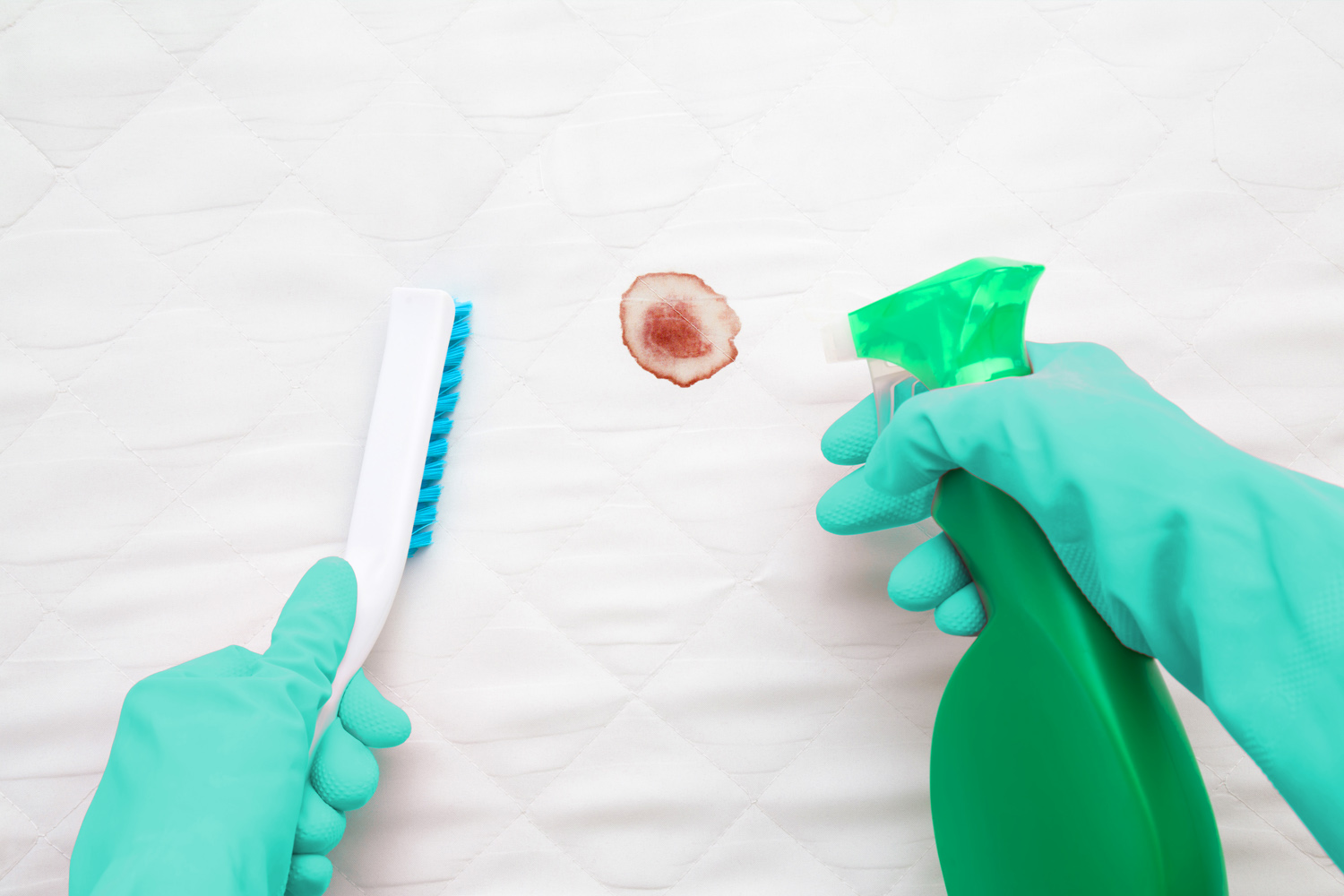
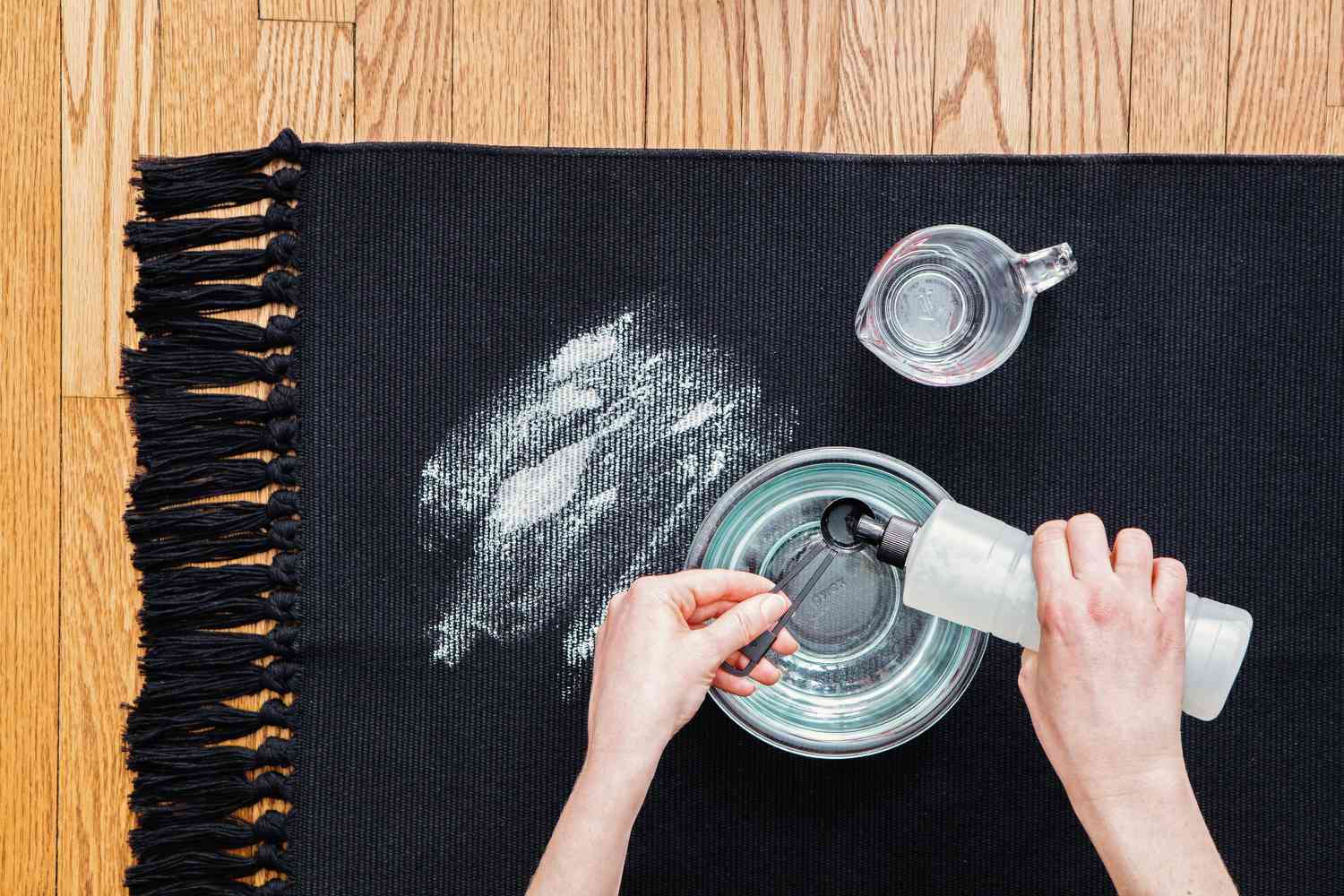
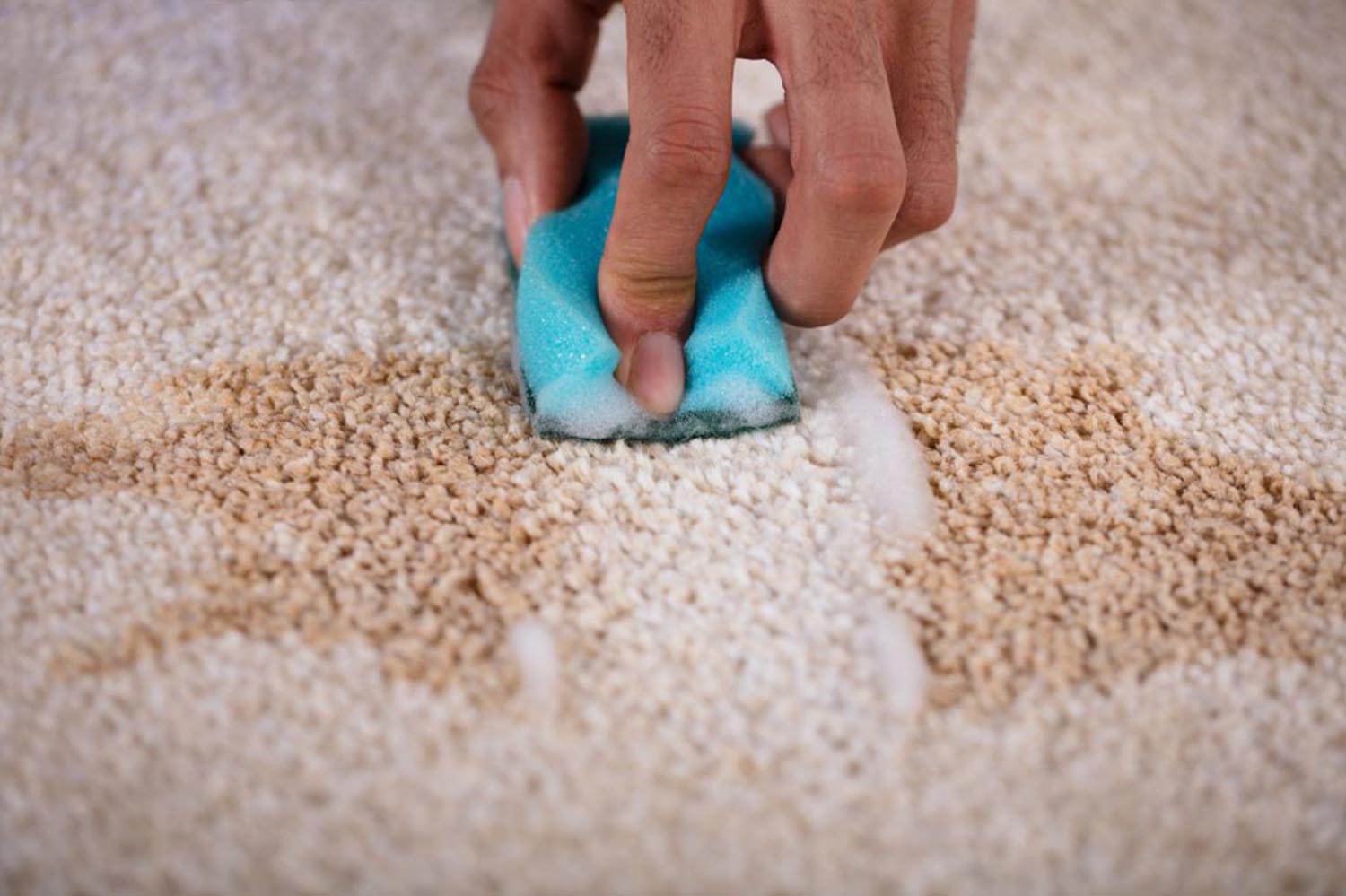

0 thoughts on “How To Remove Coffee And Tea Stains From Mugs”